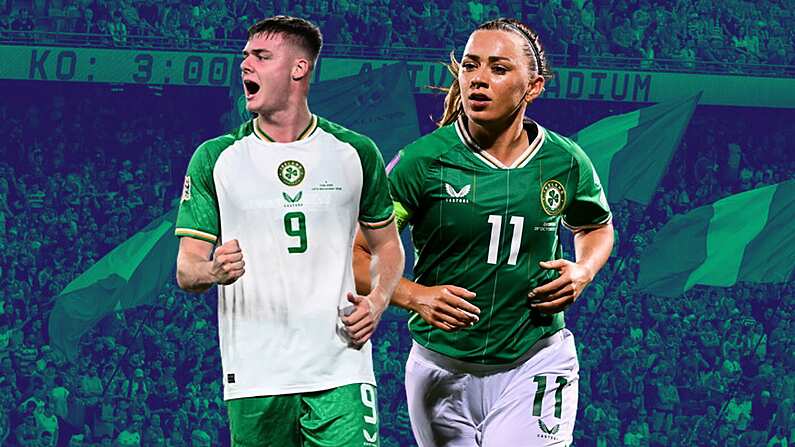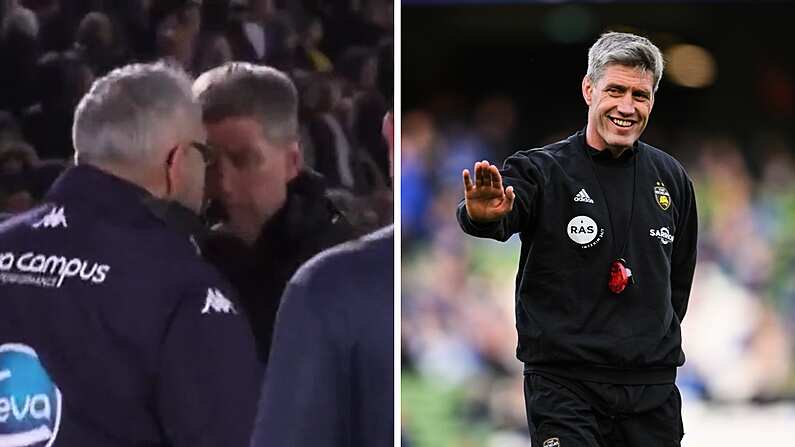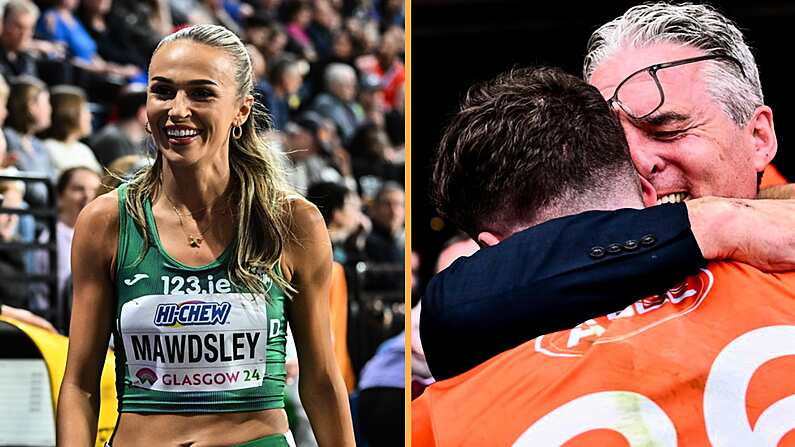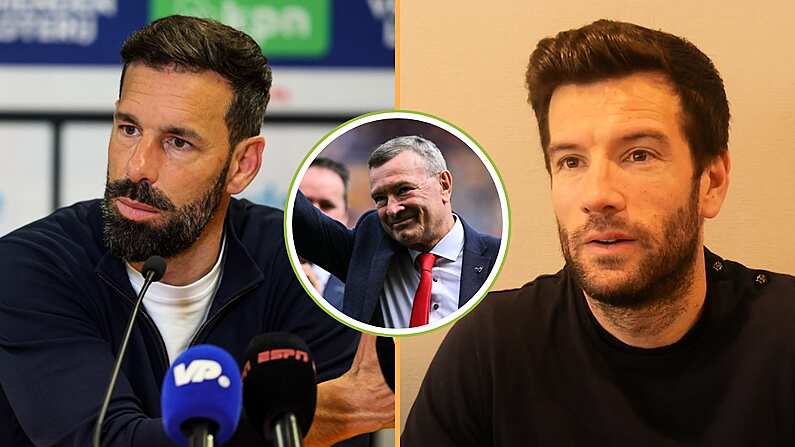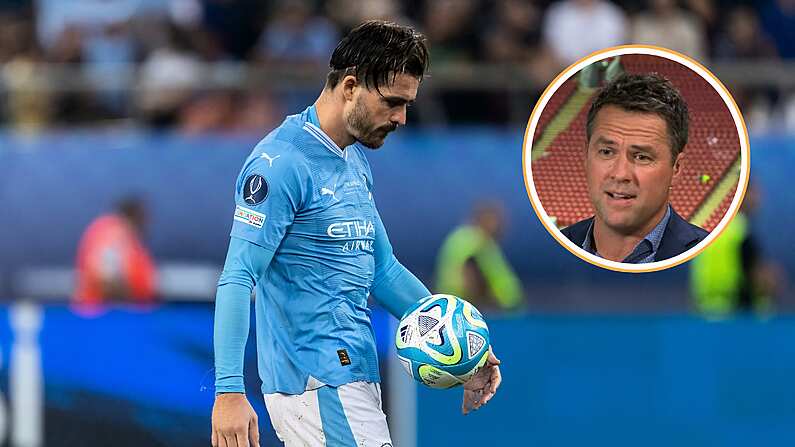The Second Captains football podcast had an interesting guest this week - sports lawyer Ian Lynam.
A Limerick man, Lynam is head of the sports group at law firm Charles Russell Speechlys
Lynam and his firm represent several high profile footballers including Cesc Fabregas, Thierry Henry and Raheem Sterling. It was regarding the latter which Lynam gave some intriguing insight.
Over the last three years, in an effort to leverage better deals for clients, his team have begun using analytics to highlight their abilities on the pitch. The genesis of this came three years ago at the Sloan Sports Conference when Daryl Morey, GM of NBA team Houston Rockets, told of how much it annoyed him when agents arrived to negotations with stats.
Lynam immediately thought this was something which could be implemented in football.
That was a light bulb in my mind thinking clubs are using this in football we really should be using in from the players side as well and meet them on a level playing field. If they're using data to understand the players they want to recruit and how much they should pay them, then the players and the agents should be using that in the negotiation to drive their value.
We've taken that approach. There's a company we work with, 21st Club, who work right across the data in football - clubs, players etc. We'll use them as an analytics department for the player in putting forward arguments as to the value of the player.
Last year, Raheem Sterling was involved in an extended contract dispute with Liverpool which would ultimately result in him leaving the club and joining Man City.
During negotiations with both clubs, Lynam used analytics to show that Sterling was performing at an elite Premier League level and also that his level of the play at the time compared favourably to some of the great players at a similar age.
One player we used it for was Raheem Sterling when he was moving. There were two negotiations there. Firstly with Liverpool in relation to a new contract and then ultimately with City.
He was a very young player at the time. You're looking at data sets up to when he was 19-years-old. There were effectively two key narratives that we were drawing out. One was that Raheem was already performing at that age at the level of an elite Premier League wide attacking player. That's comparing him against, at the time, Eden Hazard.
For these purposes we were saying that today he is performing at an elite Premier League level and showing that in regards of number of assists per 90 [minutes], number of goals per 90, number of successful actions per 90 what he contributes to a team.
Then the second part is looking at him as a 19-year-old and comparing him against what Messi looked like at 19; what Ronaldo looked like at 19; what Thierry Henry looked like at 19; what Arjen Robben looked like at 19 and then plotting them on a graph saying this is where these players were at this age.
It's kind of two things. You're saying, you're paying money for someone currently playing at this level. You're also paying for the upside and potential of what this player can become.
Sterling would join Man City for a fee which made him the second most expensive British player of all time.


